Museo de Arte Sungkok (성곡미술관)
2.4Km 2021-02-03
Gyeonghuigung-gil 42, Jongno-gu, Seúl.
+82-2-737-7650
El museo fue inaugurado en el año 1995 en homenaje al maestro Kim Sung-kok, fundador de la compañía Ssangyong. Es una institución pública, cuya finalidad es estructurar el servicio de bienestar social por medio del arte y la cultura. La exposición está enfocada a las obras artísticas que interpretan y reflejan la tradición, las costumbres y el color folclórico de Corea, en un entorno moderno. Más allá de las exhibiciones, también apoya a los nuevos artistas, por medio de proyectos como el “Concurso Artístico de Sungkok”, y el “Artista del Futuro”. Está compuesto por el edificio principal, el edificio anexo y un parque de esculturas. También dispone de una cafetería y una tienda de artículos artísticos.
THE SKI & Coffee (더스키앤커피)
2.4Km 2021-03-18
63, Dongsung-gil, Jongno-gu, Seoul
+82-2-745-3343
A store well-known for waffles. The best menu at this restaurant is americano. This is a cafe located in Daehak-ro, Seoul.
Hakrim Dabang (학림다방)
2.4Km 2021-03-26
119, Daehak-ro, Jongno-gu, Seoul
+82-2-742-2877
This store has been operating under a retro atmosphere since 1956. This restaurant's signature menu is vienna coffee. This cafe is located in Jongno-gu, Seoul.
Halmaejip (할매집)
2.4Km 2017-02-01
1-5, Sajik-ro 12-gil, Jongno-gu, Seoul
+82-2-735-2608
Not like usual Gamjatang (pork back-bone stew), Halmajip’s Gamjatang uses only bean sprout and leek to make a refreshing soup taste along with red pepper powder, for a spicy flavor.
Uncles - Daehakro Branch (엉클스 대학로)
2.4Km 2021-03-19
12, Daehak-ro, Jongno-gu, Seoul
+82-70-8845-8493
A spicy rice cakes specialty restaurant located in Daehak-ro, Seoul. The most famous menu is stir-fried rice cake. You can choose a variety of toppings.
Bukchonmaru hanok guesthouse [Korea Quality] / 북촌마루한옥게스트하우스 [한국관광 품질인증]
2.4Km 2020-09-10
152, Changdeokgung-gil, Jongno-gu, Seoul
+82-10-3253-8751
Bukchonmaru Hanok Guesthouse is located between “Bukchon Views 2 and 3” on a hill in Bukchon Village in Seoul. This two-storied hanbok building with a terrace, which is rarely found among other hanok structures in the area, offers a splendid view of Seoul. In particular, the summit of a hill next to the main gate of Choong Ang High School where the guesthouse is situated is known as the filming location for the famous Korean TV series Winter Sonata (2002). When you open the main gate and go up to the first floor, a small yard is seen with a group of jars on one side. After entering the sliding door through the yard, there is daecheong maru (main floored room) that features the doors opening in all directions and a high ceiling with rafters, making the space open and cozy. The hanok building consists of two floors – the ground floor is equipped with special furniture, a jar table and a log chair made by the owner, and on the first floor are guestrooms comprised of one large room and two small rooms. The neat and clean rooms are designed in a simple way and have lovely bedding with the pattern of five cardinal colors. Its staff members can speak English and Chinese to communicate with guests from other countries. Every morning, guests engage in animated conversation while enjoying a Korean home-style breakfast prepared by the owner in a friendly atmosphere. After having breakfast, if guests want, they can try on traditional Korean clothes (hanbok) and take photographs inside and around the guesthouse to create interesting memories. The guesthouse also provides a hanbok rental service (KRW 30,000 for a day) and tourists wearing traditional Korean clothes can enter both Changdeokgung Palace and Gyeongbokgung Palace, which can be reached on foot within 10 to 15 minutes, free of charge. Moreover, guests can enjoy an open view of the area including Gahoe-dong, Gye-dong and even the lights of the Namsan Seoul Tower at night from the roof top.
Museo de Arte Daelim (대림미술관)
2.4Km 2022-08-05
Jahamun-ro-4-gil 21, Jongno-gu, Seúl.
Es un museo de arte correspondiente a la firma Daelim, fundada originalmente en Daejeon en el año 1996, pero en 2002 se ha trasladado al distrito de Jongno, Seúl. Se dedica al estudio y análisis del arte contemporáneo mediante la fotografía, motivo por el cual las obras exhibidas son piezas fotográficas. También cumple la función de fomentar y respaldar a los artistas principiantes para que puedan ejercer su oficio y contribuir para la nueva eclosión cultural y artística. El edificio del museo se encuentra ubicado en la cercanía del palacio Gyeongbokgung. El diseño arquitectónico lo ha realizado el francés Vincent Cornu, y de la construcción se ha encargado la compañía Daelim. El piso 1 está compuesto por el jardín, estacionamiento, sala de recepción, depósito, sala de reunión, etc., y, en los pisos 2 y 3 están las enormes salas de exposición y oficina, y finalmente en el piso 4 encontrará un seminario con capacidad para 120 personas y un balcón desde donde se observa un paisaje hermoso. Una de las peculiaridades resaltantes de este museo es que fue diseñado teniendo en consideración la temperatura, la humedad y el reflejo de luz que deben tener las obras.
Granhand Seochon (그랑핸드 서촌)
2.4Km 2024-01-30
Jahamun-ro 4-gil 14-2, Jongno-gu, Seúl
Samhyeongje Jjukkumi - Daehangno Branch (삼형제쭈꾸미 대학로)
2.4Km 2021-03-24
68, Dongsung-gil, Jongno-gu, Seoul
+82-2-763-1204
This is a restaurant serving jjukumi (webfoot octopus), which has been featured in the gourmet program. This restaurant's signature menu is grilled pork belly. This Korean dishes restaurant is located in Jongno-gu, Seoul.
Parque del Monte Naksan (낙산공원)
2.4Km 2020-07-21
Naksan-gil 41, Jongno-gu, Seúl.
El Parque del Monte Naksan recibe su nombre de su apariencia parecida a la joroba de un camello. En coreano, “nakta” significa camello y “san” significa montaña. De esta forma, la gente se refiere al parque como Parque Nakta o Parque Naksan. La montaña es una base de roca sólida de granito. La familia real de Joseon disfrutaba de la belleza natural de la montaña de granito, pero durante el período colonial japonés una actitud apresurada de planificación urbana dio como resultado la demolición de gran parte de la montaña. En un esfuerzo por salvar las zonas verdes restantes, el 10 de junio de 2002 el monte Naksan fue designado como parque. Situado en el centro de Seúl, este parque histórico y hermoso permite a sus visitantes contemplar la magnificencia de la ciudad.
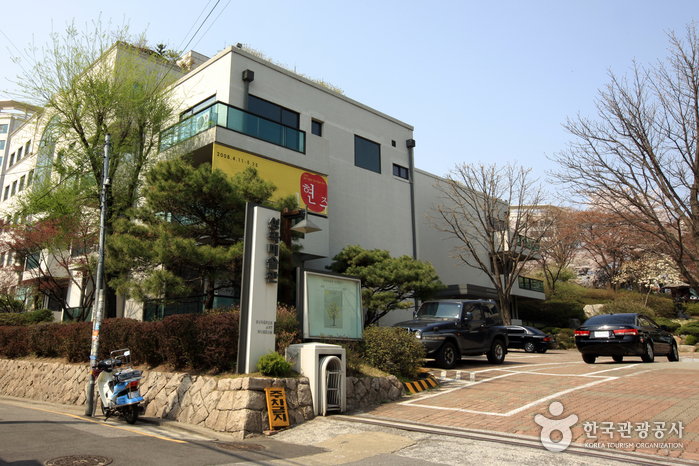
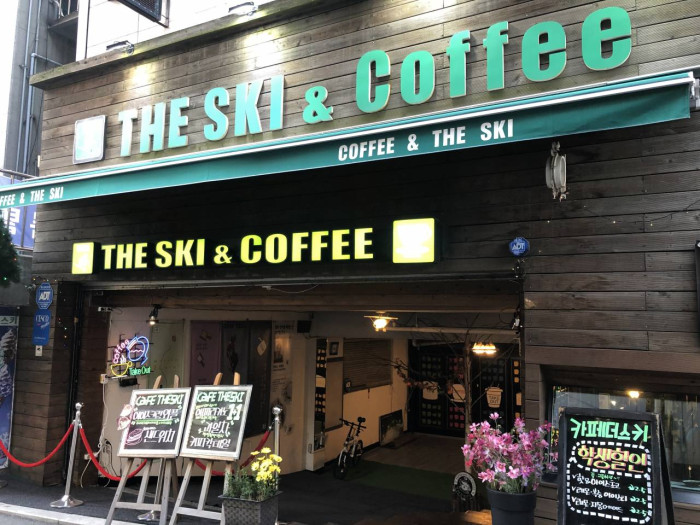
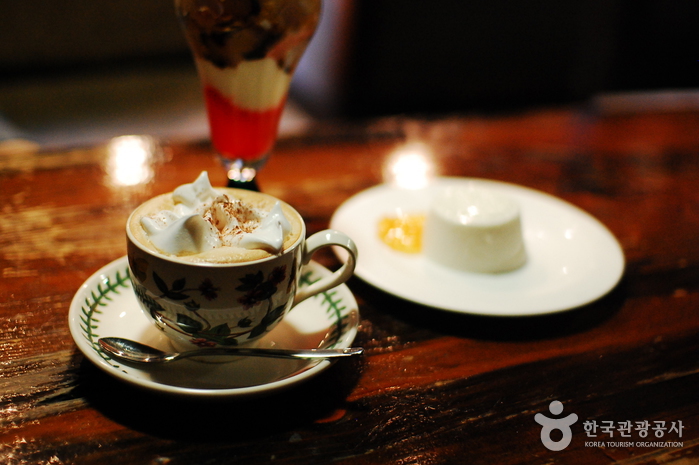
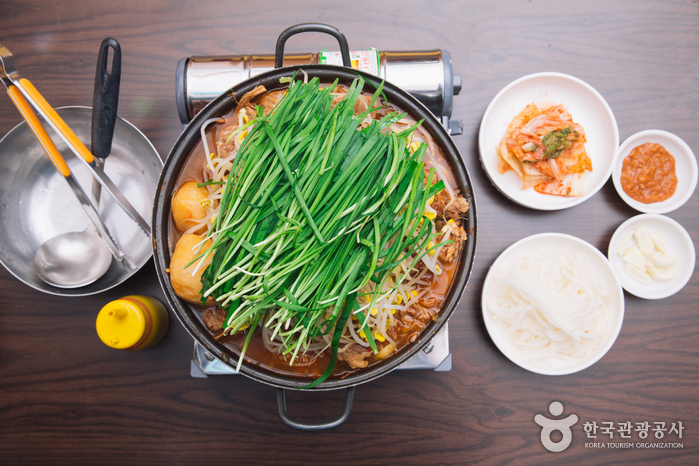
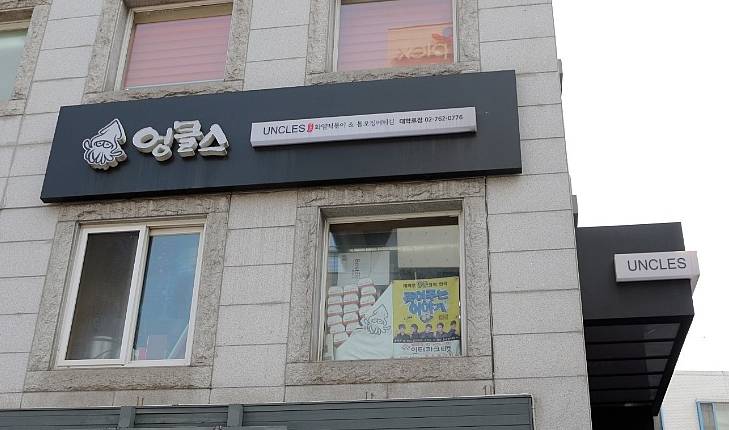
![Bukchonmaru hanok guesthouse [Korea Quality] / 북촌마루한옥게스트하우스 [한국관광 품질인증]](http://tong.visitkorea.or.kr/cms/resource/32/2574032_image2_1.jpg)
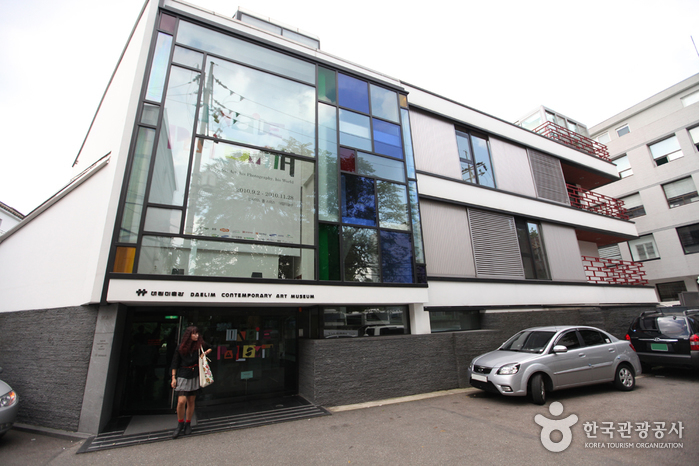
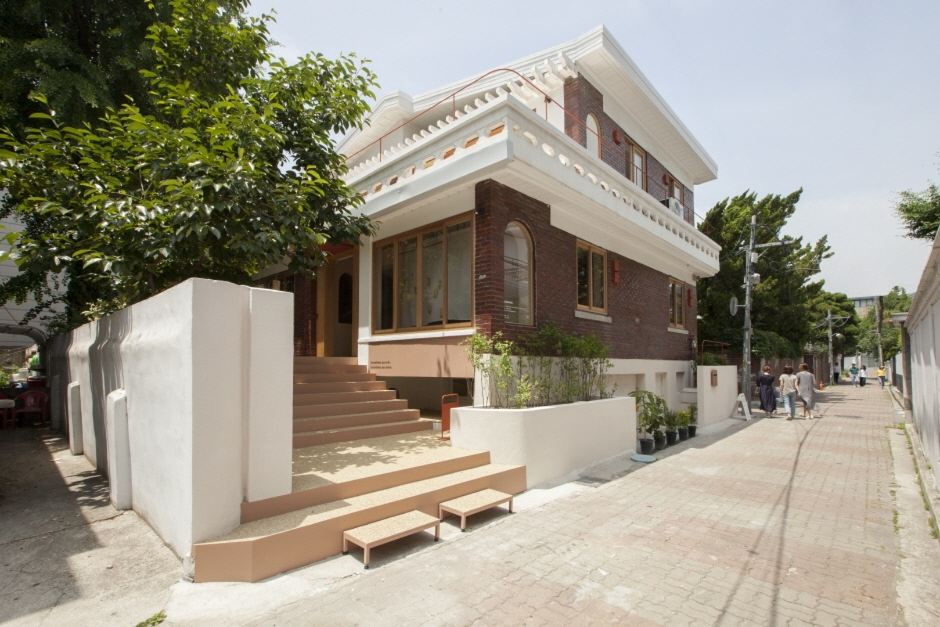
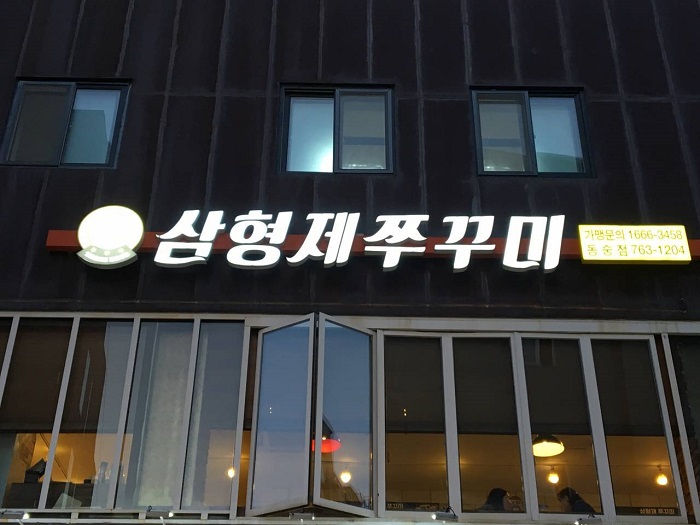
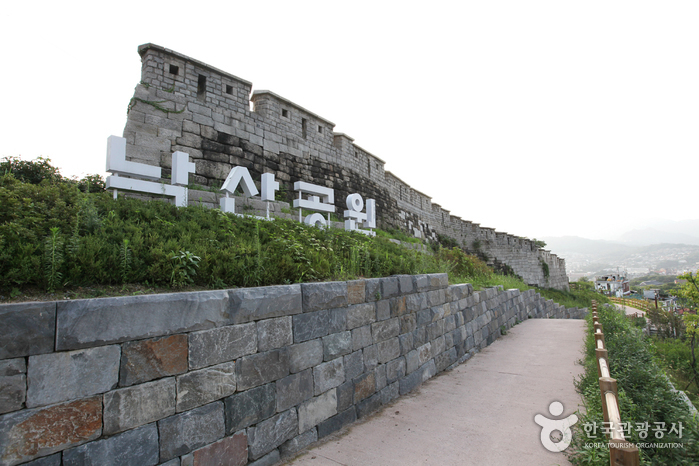
 Español
Español
 한국어
한국어 English
English 日本語
日本語 中文(简体)
中文(简体) Deutsch
Deutsch Français
Français Русский
Русский